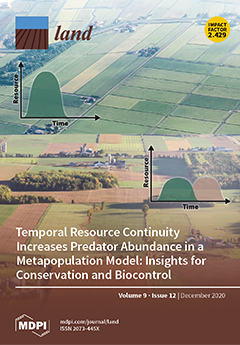Evaluation of Soundscapes in Urban Parks in Olsztyn (Poland) for Improvement of Landscape Design and Management
Soundscape analyses and noise measurements should be a part of pre-design works involved in planning green areas in city centers. The aim of the study was to conduct a multi-criteria analysis of the soundscape of three parks in Olsztyn (Poland) as a part of the landscape planning process to determine the directions of re-design of places most exposed to noise. The research included: 1. functional and spatial analysis of the park surroundings in reference to the city environment, 2. analysis of the acoustic map, 3.






